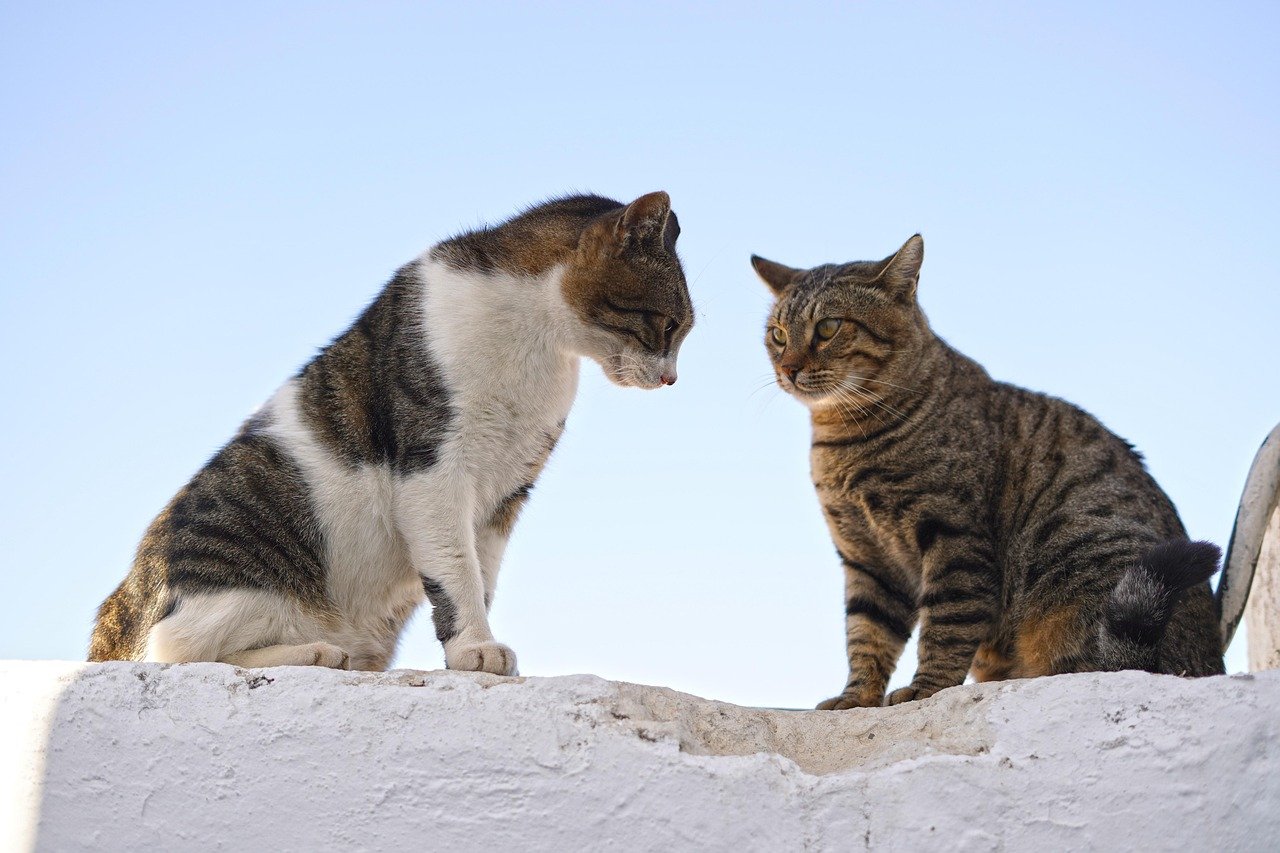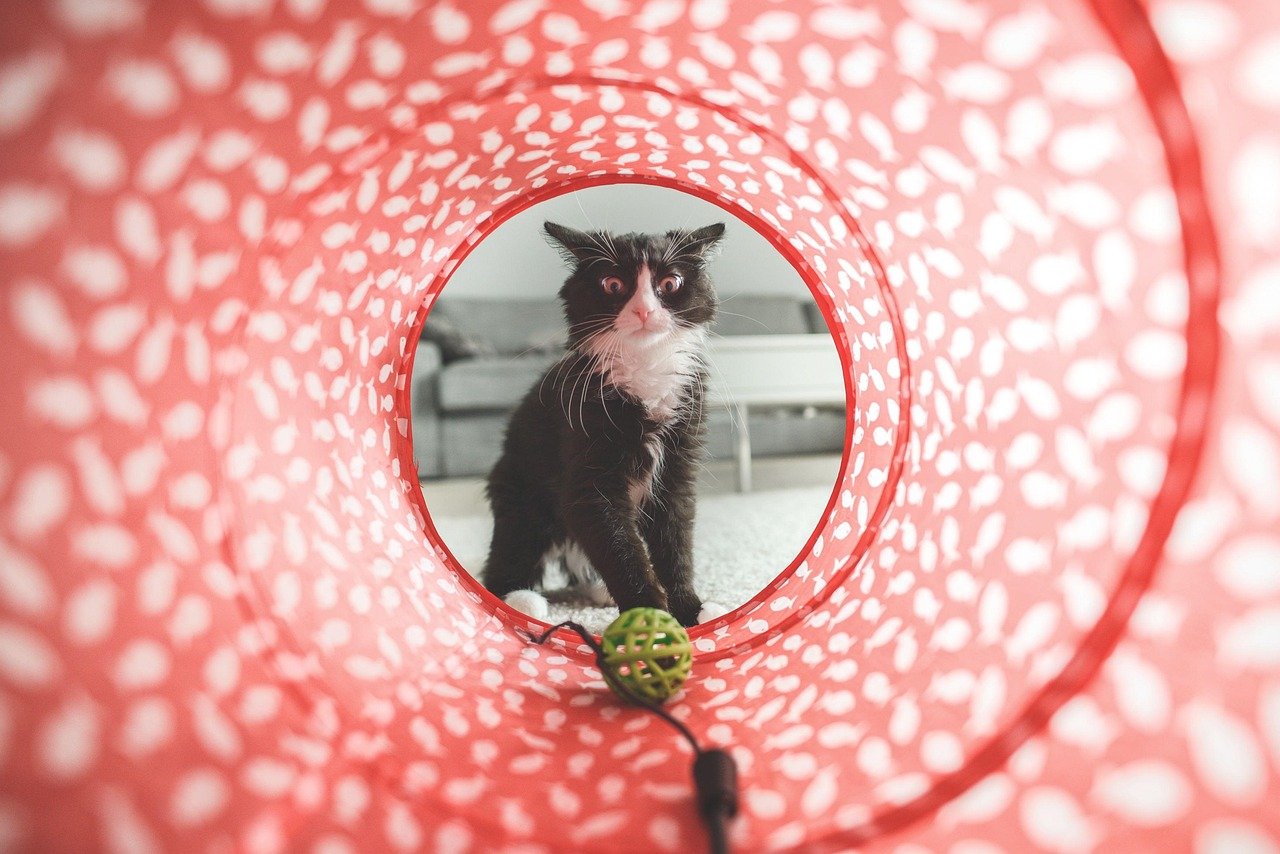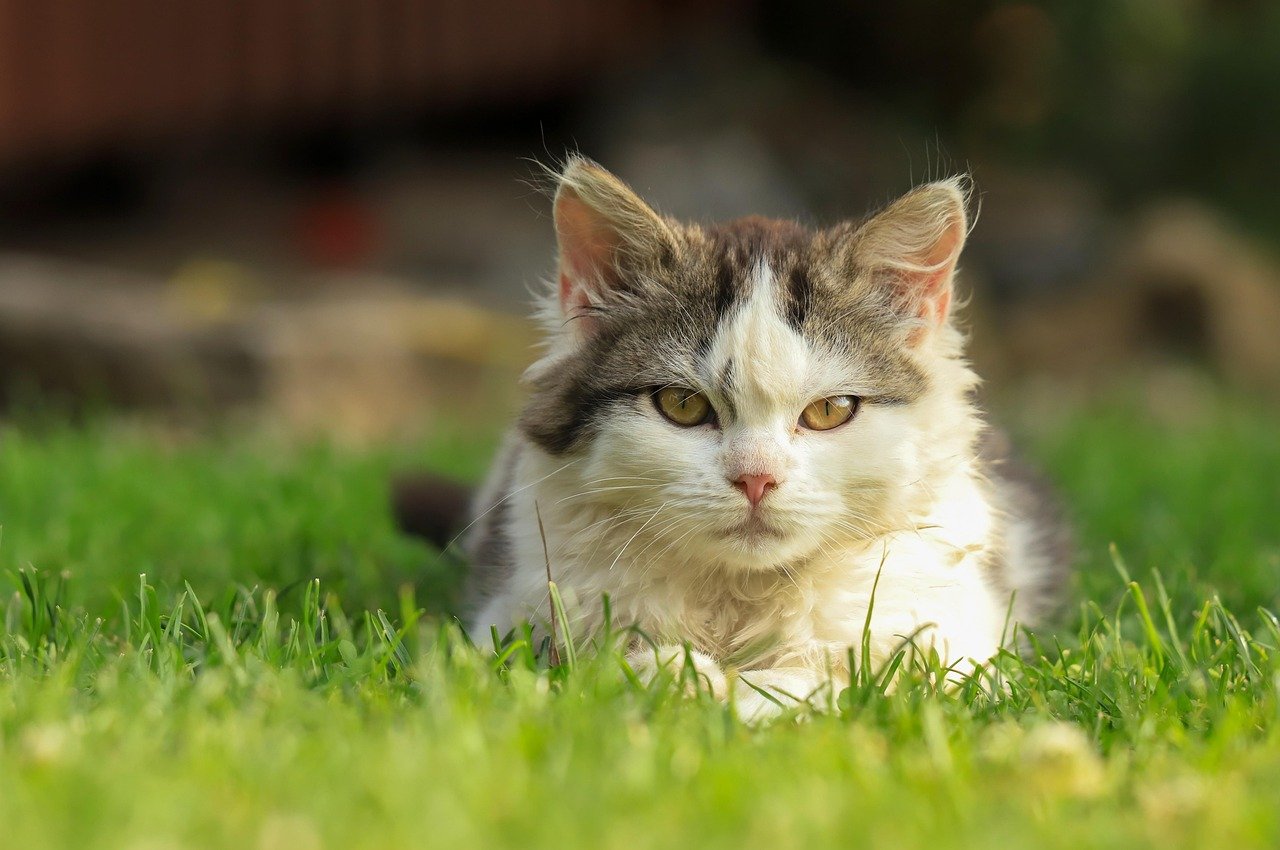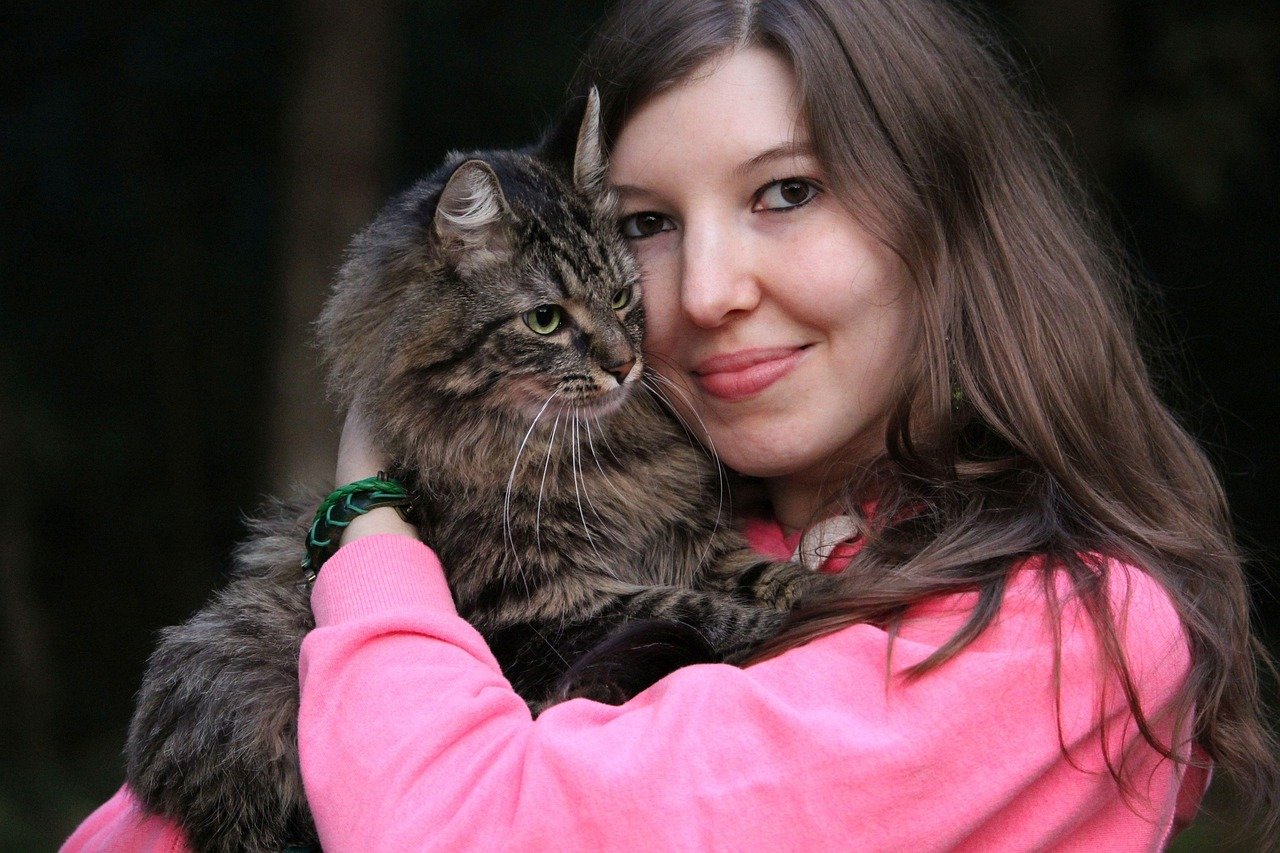Cats are known for their mysterious and independent nature, which is part of why so many people love them. However, as much as we adore our feline friends, we might sometimes unknowingly overwhelm them with our affection and attention. Just like humans, cats can experience sensory overload, and understanding the signs is crucial to ensuring their well-being. So, how can we tell if we’re overstimulating our cats, and what can we do to prevent it?
Understanding Cat Behavior

Cats communicate differently than humans, and it’s important to recognize their signals. Unlike dogs, who are often more expressive with their emotions, cats use subtle body language. A tail flick, ear position, or even a quick glance can tell you a lot about how your cat is feeling. If your cat is purring, it doesn’t always mean they’re content; sometimes, it can be a sign of stress. Understanding these signals helps in gauging whether your cat is comfortable or overwhelmed.
The Role of Playtime

Playtime is essential for a cat’s physical and mental health. However, too much of it can lead to overstimulation. Cats have short attention spans when it comes to play. A good rule of thumb is to engage in short, frequent play sessions rather than long ones. This keeps them interested without overwhelming them. Observe your cat’s behavior; if they start to retreat or show disinterest, it’s time to stop.
Recognizing the Signs of Overstimulation

Overstimulation can manifest in various ways. Some cats might become more aggressive, swatting or biting unexpectedly. Others might hide or become unusually quiet. Pay attention to their body language: pinned-back ears, a flicking tail, or dilated pupils can be indicators. Recognizing these signs early can help you adjust your interaction to better suit their needs.
The Impact of Environment
A cat’s environment plays a significant role in their stimulation levels. Loud noises, too many people, or a constantly changing environment can overwhelm your cat. Cats are creatures of habit, and they thrive in stable environments. Creating a quiet, safe space where they can retreat is essential. This sanctuary allows them to decompress and recharge in peace.
Balancing Affection and Independence

While it’s natural to want to shower your cat with love, it’s important to balance affection with their need for independence. Cats often enjoy affection on their terms. Allow your cat to approach you when they want attention. This respect for their space fosters a trusting relationship and reduces the risk of overstimulation. Remember, a content cat is one that feels secure and understood.
Practical Tips to Prevent Overstimulation
Preventing overstimulation involves a combination of observing your cat’s behavior and making adjustments. Establish a routine that includes playtime, feeding, and quiet periods. Use interactive toys that stimulate their mind without overwhelming them. Provide perches or hiding spots where they can observe their environment without participating. Lastly, always ensure your cat has access to a quiet space for relaxation.
Without overstating the obvious, being attentive to your cat’s needs is a rewarding part of the pet ownership journey. By understanding the subtle cues and providing a balanced environment, you can ensure that your feline friend remains happy and healthy.

Suhail Ahmed is a passionate digital professional and nature enthusiast with over 8 years of experience in content strategy, SEO, web development, and digital operations. Alongside his freelance journey, Suhail actively contributes to nature and wildlife platforms like Feline Fam, where he channels his curiosity for the Feline into engaging, educational storytelling.
With a strong background in managing digital ecosystems — from ecommerce stores and WordPress websites to social media and automation — Suhail merges technical precision with creative insight. His content reflects a rare balance: SEO-friendly yet deeply human, data-informed yet emotionally resonant.
Driven by a love for discovery and storytelling, Suhail believes in using digital platforms to amplify causes that matter — especially those protecting Earth’s biodiversity and inspiring sustainable living. Whether he’s managing online projects or crafting wildlife content, his goal remains the same: to inform, inspire, and leave a positive digital footprint.






